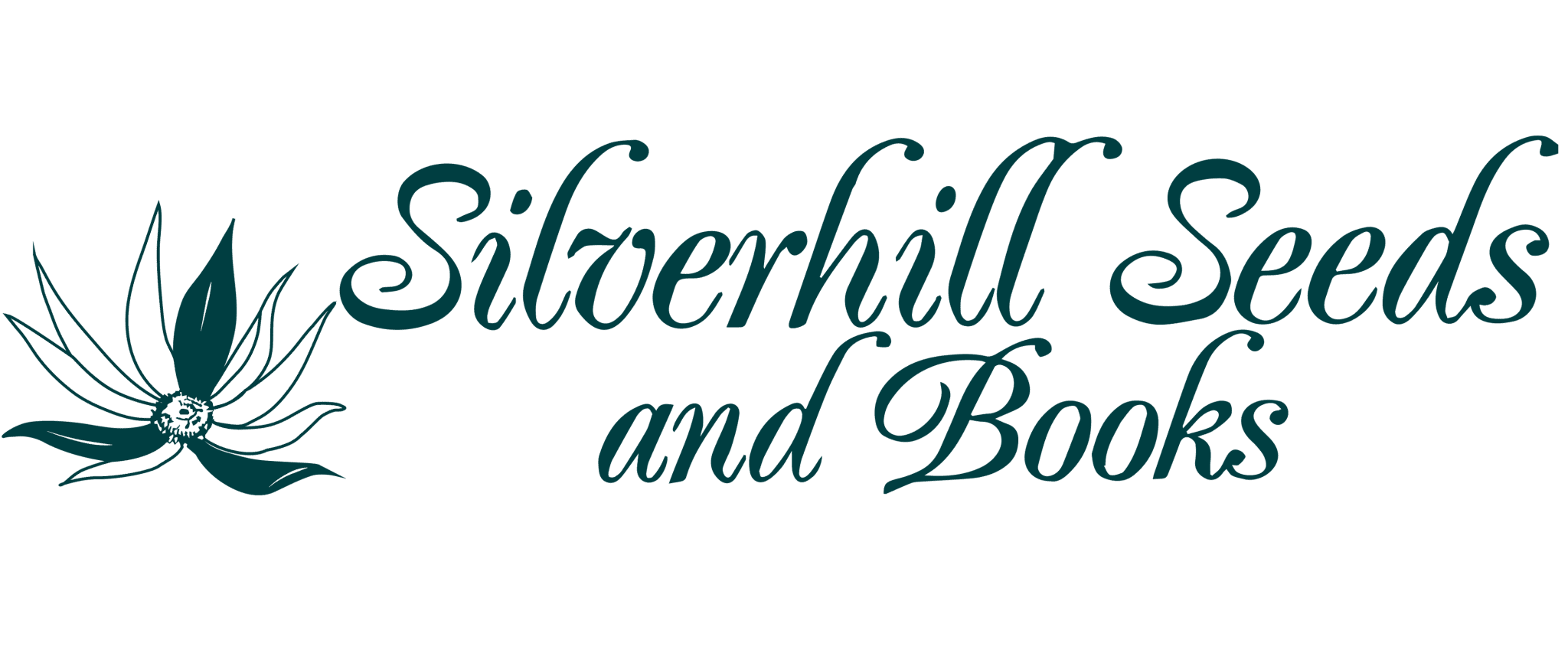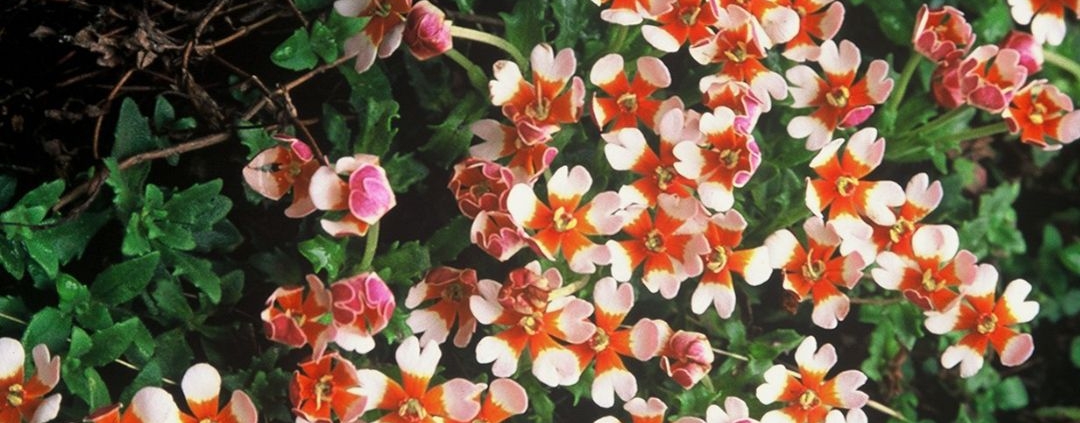From the Archives: Newsletter July 2004
July 2004
Dear plant lovers,
Welcome to the July supplementary catalogue. As usual, the main thing on our minds at present is the weather. We are now into our 3rd or 4th year of drought, and we fear that this is a consequence of global warming. Rainfall is down again this year, but the distribution pattern has been better than last year so it seems as though there will be a floral display of sorts in Nieuwoudtville and Namaqualand. However, if we do not have a substantial fall within the next 2 weeks, the displays will be early and short lived. Agriculturally the next year could be disastrous as the main storage dams in the Western Cape are only 36% full, and we are already more than half way through the winter. All we can do is hope for late rain, much as happened last year.
Our trip to the Drakensberg early in December was excellent, and we saw many special plants in flower that we normally only see in seed. Probably the most striking of these was Zaluzianskya ovata with its bi-coloured orange and pink flowers cascading off the crags. Sani Pass was unforgettable with Eucomis schijfii, Cyrtanthus flanaganii, Moraea alticola, several species of Geranium, Sutherlandia montana, Delosperma nubigena, various Crassula species, Senecio macrospermus, Urginea macrocentra, Dianthus basuticus, Sebaea spathulata and many others in full flower. The only problem in visiting the Drakensberg in summer is the weather. By midday there is usually a storm brewing and you don’t want to be botanizing on high ground for fear of lightning strikes. Normally the storms last an hour or so, so if we are in an interesting area we sit in the car and wait for it to pass, then start flower hunting again. We combined this trip with a visit to Swaziland and Mpumalanga which were both extremely dry still. The rain in these areas generally starts in September or October and continues through the summer, tailing off in March. This year the rain only started in late December, and by then it was too late for sowing maize in many areas. We had a funny experience in Swaziland – we spent 2 nights in a game reserve in the east of the country, on the Mozambique border. One evening we went for a walk and were accompanied by a female ostrich! Every time we stopped to look at plants, she stopped and found something to eat, when we went on, she followed closely behind us. We then met a family of tiny baby warthogs who seemed to have lost their mother. They took one look at us and decided that we were friendly, so dashed up to us squealing loudly. We nearly had a fit as mother warthogs are extremely fierce, and if she had followed them, she would have attacked us! We turned round and ran in the opposite direction as fast as we could, and so did our ostrich! When we finally got back to the campsite, the ostrich had a snack of bread, and then settled down next to our car for the night. A friend for life!
This area of Swaziland was drought struck, while in the west they had had floods! Global warming has certainly made the weather most unpredictable with wetter, drier, warmer and colder weather than usual, all over the world.
On this same trip we spent a lovely day in the Leolo Mountains looking at and photographing Zantedeschia jucunda, a very beautiful plant with deep yellow flowers.
The weather has had a large effect on our seed harvesting this year. Not only have many species not set seed, but those that have set, have ripe seed much later than usual. Normally many tree species have ripe seed in May or June – this year most were still green and we will have to go collecting again this month.
Later this year (in October) we are off to Scotland on a lecture tour as guests of the Scottish Rock Garden Society. We are both looking forward to it as we have not traveled much in Scotland before. Rod will be giving about 8 slide shows and lectures, and we will probably arrive home exhausted, wet and cold! We will leave our car in Johannesburg and on our return, will spend a week Aloe seed collecting before driving home to Cape Town. Many of the summer rainfall Aloe species flower during the winter months, colouring the brown drab grasslands with their brilliant orange or pink flowers. Most have ripe seed in October, and normally we collect seeds of 20 to 30 species, making it a very worthwhile field trip.
And now for a whole lot of changes to our business! Since Silverhill Seeds started about 12 years ago, we have been getting bigger and bigger, with a larger catalogue each year and more employees to help. We are away more often (up to 6 months of each year) and we travel up to 80 000km per year. All our leisure activities have had to go and unfortunately, all of this has been accompanied by the loss of youth! We are both tired and we find it more and more difficult to keep up with the work load. So we are going to try to scale down a bit. The first thing we will do is stop producing a printed catalogue. We regret this, but the cost of printing and sending the catalogue out each year has become enormous. So from January next year, please look at our website. We update the website at least once a week so it is far more accurate than a printed catalogue, and we are streamlining the downloading of the catalogue, so those of you who like a printed version can print your own. We apologize to those of you who are not computer literate, but please don’t despair! Find a relative or friend who can download the catalogue for you, and then place your order as before – by fax, letter or e mail. At the same time we will try to decrease the number of species that we collect. Instead of traveling to the far reaches of the country three times per year, we will go once, and if we don’t find seed of some species, that is too bad! We would like to spend more time in the mountains of the SW Cape, so hopefully the number of species from this area will increase.
The second change will be that we are going to close down for 2 months at the end of the year – December 2004 and January 2005. December is a bad month for a mail order business anyway due to Christmas – we normally stop sending out parcels early in December as many get lost, and January is usually the hottest month of the year, horrible for working! What we are planning to do during this time is catch up on gardening, on pottery and on everything else that has been abandoned for years! Both of us are keen potters and we have a large gas fired kiln which has been standing idle for about 10 years. We will start working again in February, so please look at our website then. We will send out a letter to all of you explaining how the website works and how to order.
The third change will be our employees. Ondine, Cherry and Darkie will probably stay with us, but Frances (and probably Antonia) will be leaving. Rachel’s mother will also continue to work for us, still unpaid!
And finally, believe it or not, we will be moving yet again, and now we will be completing the circle as we are moving back home again!! The premises at Diep River are spacious and light, but we are finding the driving to and fro a nuisance. At present our personal botanical library is at Diep River and as Rod still works at home cleaning seed, he has to drive to Diep River each time he wants to identify a plant! The distance is only 8km, but this can sometimes take an hour as there is no direct route between the two localities. With the wisdom of hindsight, we should have reorganized our house in the first place and stayed there! We have now modified our garage and we will work in the garage and the back room of our house, and hopefully the business will not take over our entire house, as happened previously. We will have separate phones for the business and home, and will notify you about the new fax and phone numbers later.
After all that, there is nothing left but to wish you all happy plant growing and may your weather be better than ours!



